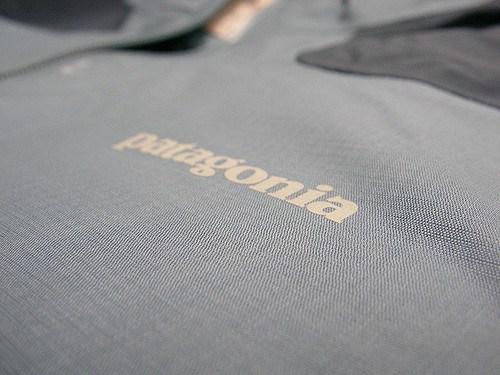
The microfibers in your Patagonia jacket might be contaminating the environment. A study commissioned by Patagonia found that microfibers are prevalent in land and sea. Or as the study put it, “Microfibers are prevalent in both aquatic and terrestrial habitats, from the bottom of the Indian Ocean to farmland in the United States.”
Patagonia enlisted the help of researchers at the University of California, Santa Barbara’s Bren School of Environmental Science and Management to study the microfibers in its jackets. Researchers conducted wash experiments with four types of synthetic Patagonia jackets and one budget fleece jacket for comparison. They found that when synthetic jackets are washed, on average 1.7 grams of microfibers are released from the washing machine. They then travel to wastewater treatment plants, and up to 40 percent of them end up in rivers, lakes and oceans.
Researchers also found that the type of washing machine and the age of the jacket matter. Top-load washing machines had 5.3 times the microfiber shedding of front-load machines. Aging jackets increased microfiber shedding by 1.8 times.
In addition to the experiments with washing the jackets, researchers conducted a literature review of previous studies. Here’s what they found:
- Microfibers are of particular concern because finished apparel products have “large quantities of chemical substances” from garment manufacturing, and many are released during washing. So, microfibers can potentially release hazardous chemicals into the environment.
- Wastewater treatment plants (WWTPs) end up with large amounts of microfibers daily. Most are removed, but still a significant amount end up released into the local environment. WWTPs are costly, so upgrading them to remove microfiber pollution is not a feasible solution.
- Microfibers are consumed by aquatic organisms throughout the food chain and they can cause problems, including reproductive problems.
In 2011, Mark Browne, who had been one of Thompson’s students, published a study on his research from 15 beaches. What he found were high amounts of synthetic fibers, namely polyester and acrylic, in the samples near WWTPs. Browne reached out to apparel manufacturers, including Patagonia, but at the time they were not concerned about microfibers. Four years later, Patagonia commissioned this study.
Many people wear synthetic clothing. The Patagonia study states that the “vast majority of the public wears and washes synthetic clothing; this is not an isolated problem.” Researchers developed a protocol that Patagonia and other apparel manufacturers can use to understand the amount of microfibers that are shed by their garments.
While manufacturers need to do their part to solve the problem, the Rozalia Project has a low-cost and simple way to capture the microfibers shed during washing. The company developed a microfiber catcher that can work in a top- or front-load machine. Early test results show that the microfiber catcher prevents 2,000 to 9,000 microfiber pieces from flowing out of washing machines and into public waterways per wash per household.
The patent on it is still pending, and it's expected to be available for sale by the spring of 2017. Once it is available to the public, sales of the microfiber catcher will go toward the work Rozalia Project does to clean and protect the ocean.
Image credit: Flickr/Hajime Nakano

Gina-Marie is a freelance writer and journalist armed with a degree in journalism, and a passion for social justice, including the environment and sustainability. She writes for various websites, and has made the 75+ Environmentalists to Follow list by Mashable.com.














